
Personal Protective Equipment (PPE) plays a crucial role in ensuring the safety and well-being of individuals across various industries. In Australia, stringent standards and regulations are in place to guarantee that PPE meets the highest quality and safety requirements. This comprehensive guide will provide you with valuable insights into Australian PPE standards, highlighting the importance of compliance and the specific requirements for different types of PPE.
Australian PPE Standards and Regulations
Australia follows a systematic approach to PPE standards and regulations to ensure consistency and reliability. The primary body responsible for establishing and maintaining these standards is the Standards Australia organization. It collaborates with industry experts, regulators, and users to develop and revise standards that reflect the latest technological advancements and best practices.
Importance of Compliance
Compliance with Australian PPE standards is of utmost importance to ensure the effectiveness and reliability of PPE products. Compliance signifies that the product has undergone rigorous testing, meets specific quality benchmarks, and provides the necessary protection against workplace hazards. Non-compliant PPE may expose workers to unnecessary risks, resulting in injuries or illnesses.
Australian PPE Product Categories
Head Protection:
| Eye and Face Protection: |
Hearing Protection:
| Respiratory Protection:
|
Hand Protection: | Protective Clothing:
|
Footwear Protection:
| Certification and Markings
|
Supplier Responsibilities
Suppliers of PPE in Australia have the responsibility to ensure that the products they offer meet the required standards. They should provide clear instructions on product usage, maintenance, and storage. Suppliers should also conduct regular quality checks and keep up-to-date records of certifications and test reports.
Adhering to Australian PPE standards and requirements is crucial for ensuring the safety and well-being of workers across various industries. Compliance guarantees that the PPE products are reliable, effective, and capable of providing adequate protection against workplace hazards. By familiarizing yourself with the specific standards for each type of PPE, you can make informed decisions when selecting and using PPE. Remember to look for the relevant certifications and markings to ensure the products meet the necessary quality benchmarks. Stay safe and protect yourself and others with compliant PPE.
Phone: 1300 663 890
sales@workweardirect.com


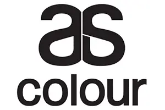



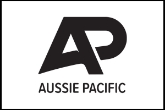































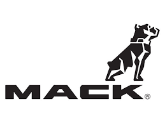








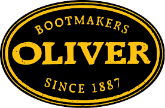

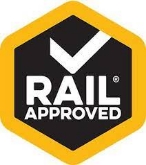

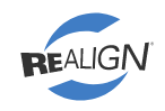













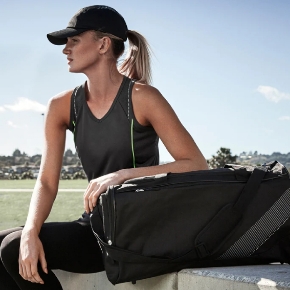




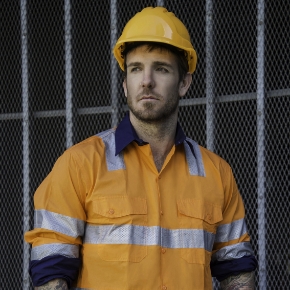
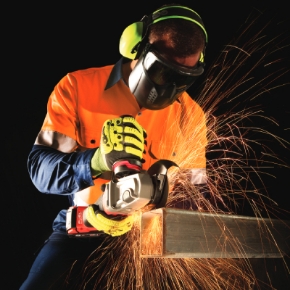




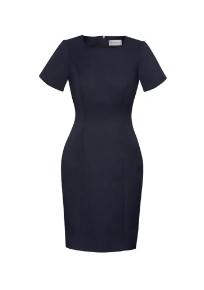
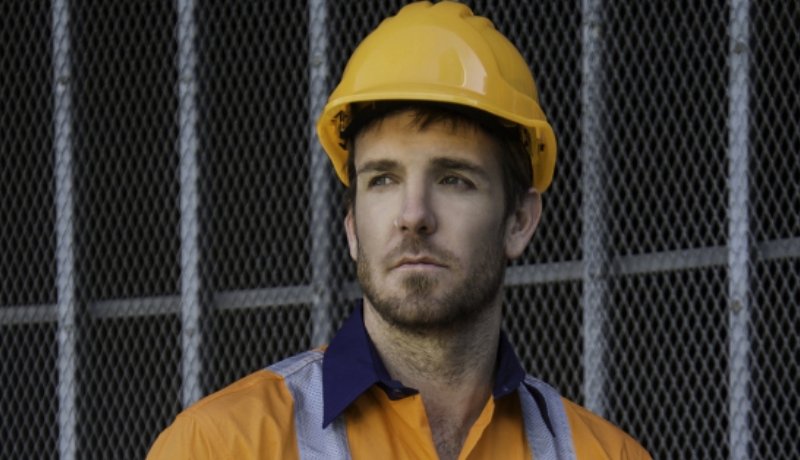
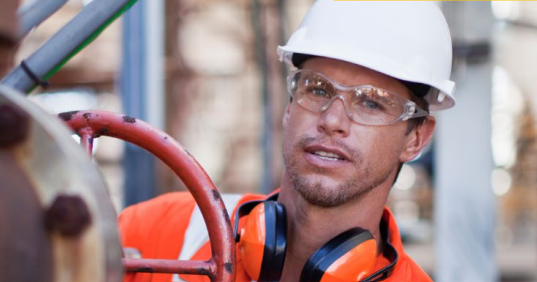
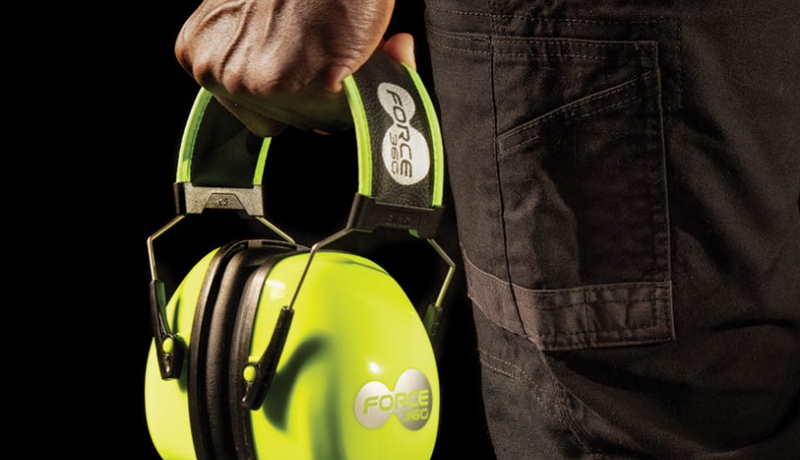
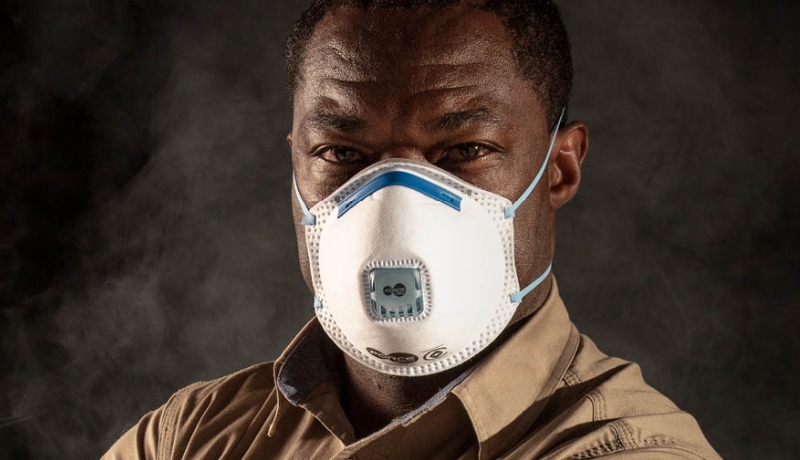
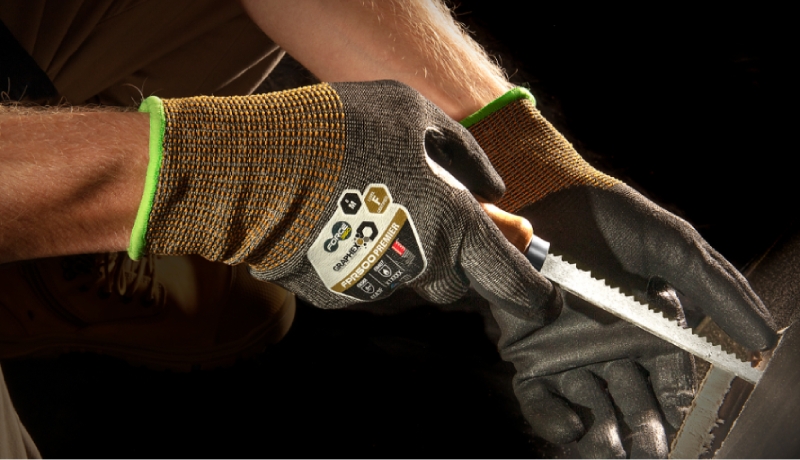
 AS/NZS 4501 outlines the requirements for protective clothing, such as
AS/NZS 4501 outlines the requirements for protective clothing, such as 
.jpg) To demonstrate compliance with
To demonstrate compliance with 